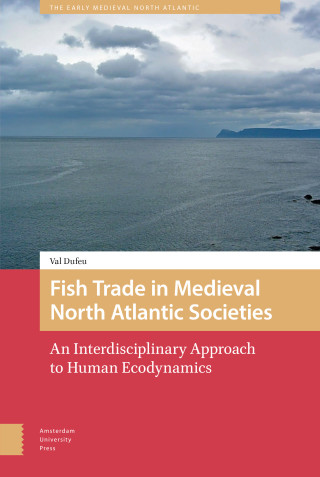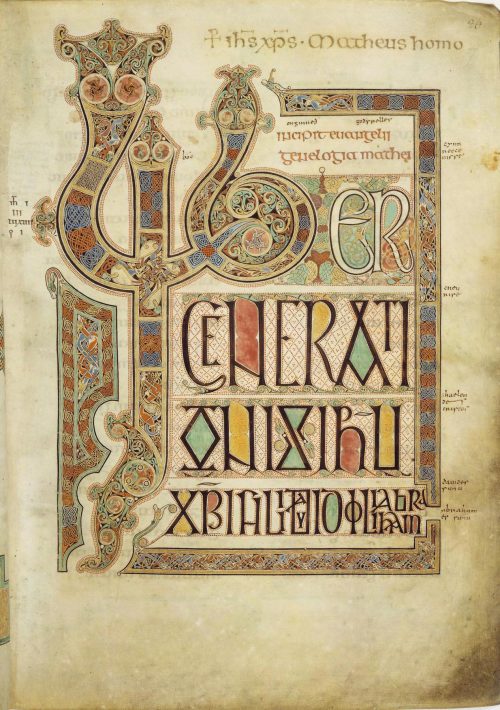
- Series editors
Charlene Eska, Virginia Tech
Julianna Grigg, University of Melbourne- Geographical Scope
- The lands embraced by the North Atlantic: British Isles, Iceland, Scandinavia, the English Channel and the low countries
- Chronological Scope
- 400-1100
- Keywords
- Anglo-Saxons, Britain, Franks, Danes, Vikings, Scandinavia, Celtic (Irish, Scots, Welsh), Greenland, N. America, Russia
- Flyer
- Download flyer
The Early Medieval North Atlantic
This series provides a publishing platform for research on the history, cultures, and societies that laced the North Sea from the Migration Period at the twilight of the Roman Empire to the eleventh century.
The point of departure for this series is the commitment to regarding the North Atlantic as a centre, rather than a periphery, thus connecting the histories of peoples and communities traditionally treated in isolation: Anglo-Saxons, Scandinavians / Vikings, Celtic communities, Baltic communities, the Franks, etc. From this perspective new insights can be made into processes of transformation, economic and cultural exchange, the formation of identities, etc. It also allows for the inclusion of more distant cultures – such as Greenland, North America, and Russia – which are of increasing interest to scholars in this research context.
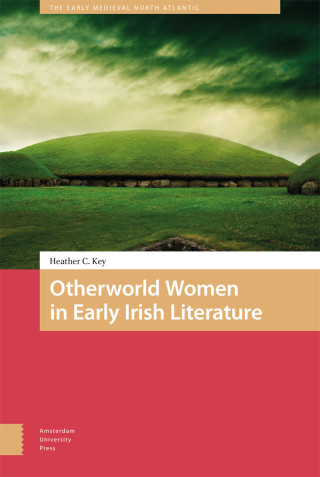
Otherworld Women in Early Irish Literature
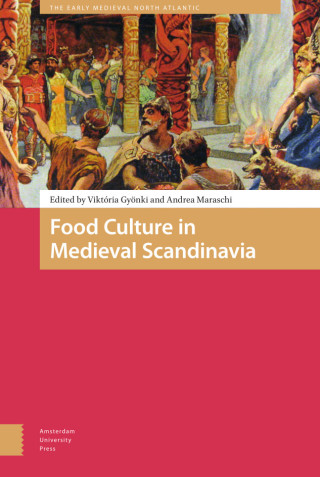
Food Culture in Medieval Scandinavia
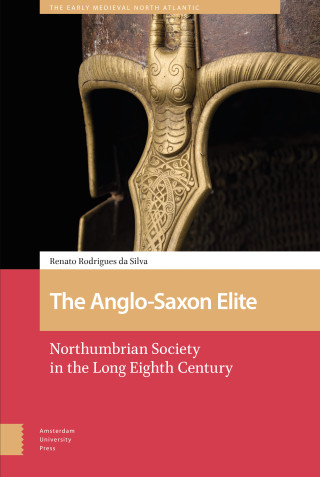
The Anglo-Saxon Elite

Ethnic Identity and the Archaeology of the aduentus Saxonum
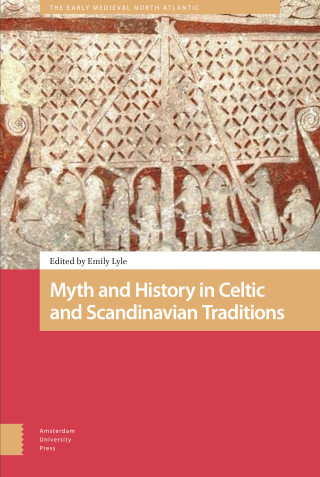
Myth and History in Celtic and Scandinavian Traditions
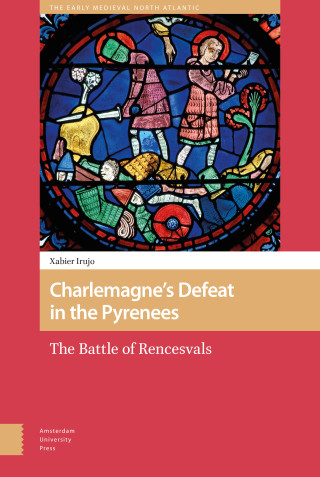
Charlemagne’s Defeat in the Pyrenees
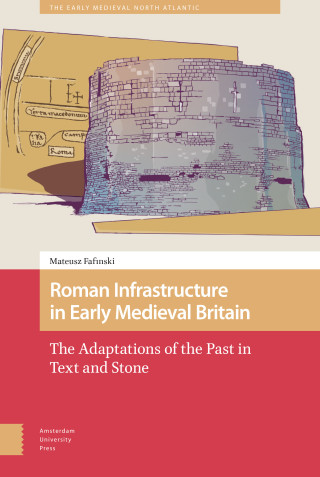
Roman Infrastructure in Early Medieval Britain
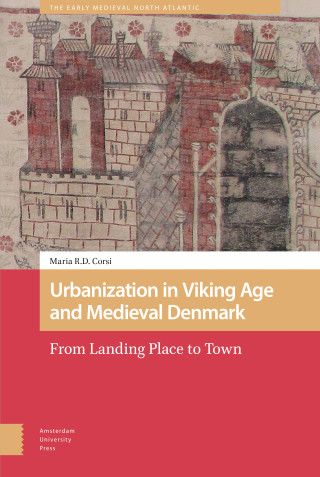
Urbanization in Viking Age and Medieval Denmark
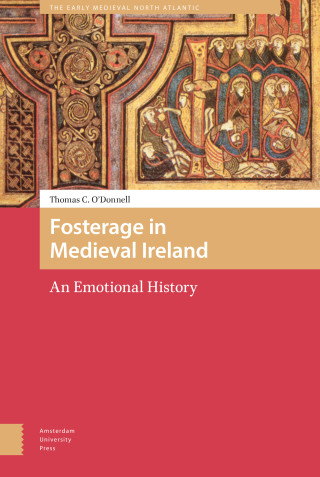
Fosterage in Medieval Ireland

The Medieval Cultures of the Irish Sea and the North Sea
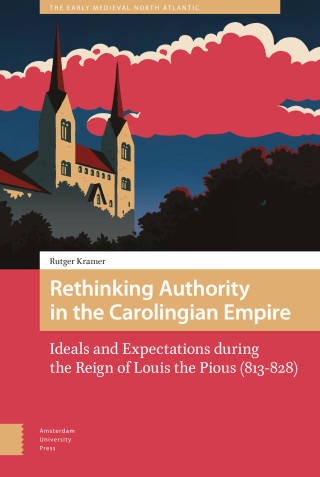
Rethinking Authority in the Carolingian Empire
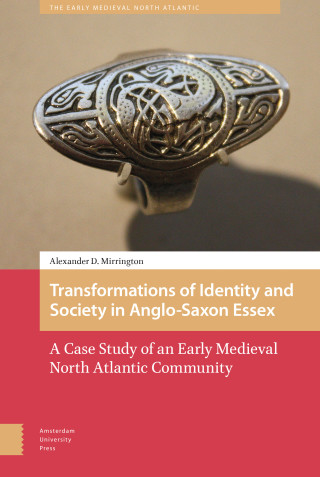
Transformations of Identity and Society in Anglo-Saxon Essex
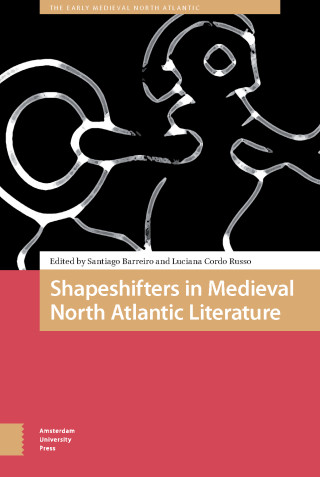
Shapeshifters in Medieval North Atlantic Literature
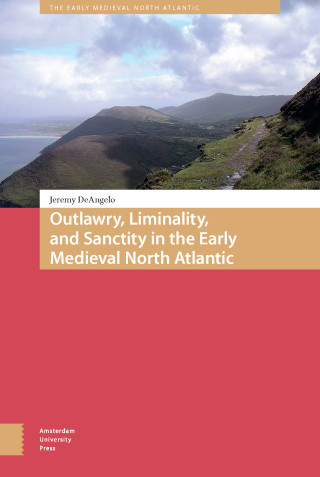
Outlawry, Liminality, and Sanctity in the Literature of the Early Medieval North Atlantic
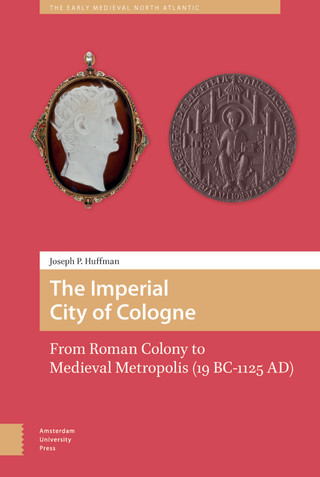
The Imperial City of Cologne
